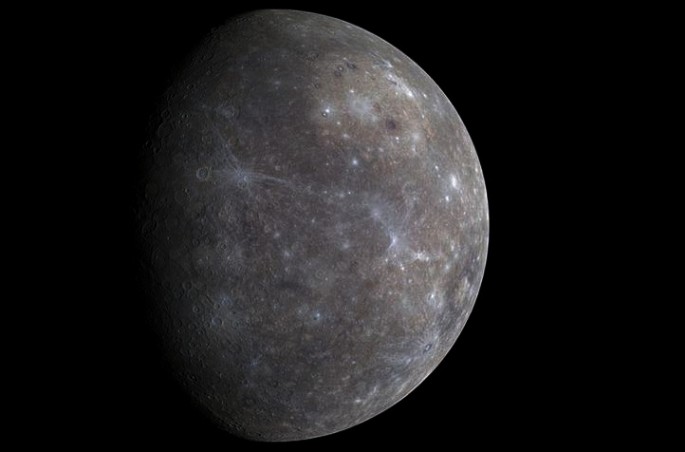One of the many puzzling phenomenon about Mercury is why it's blacker than it should be. A new study has just found out why and the answer has to do with comets.
New research reveals carbon dust from cometary material that bombarded Mercury might be the reason the planet's surface is quite dark. Experiments conducted by NASA show cometary material slamming into Mercury significantly darkened the surface when they were in the presence of complex organics.
The study published in Nature Geoscience on March 30 revealed comets shed so much carbon onto Mercury over billions of years the planet's surface consisted of some six percent carbon. This amount is some 50 times more than the carbon dust left on the Moon.
To reach this conclusion, researchers used the NASA Ames Vertical Gun, a 14-foot canon that shoots projectiles at up to 16,000 miles per hour to simulate impacts in space.
The study authors showed that cometary carbon adhered stubbornly to a surface after it hit. The heat of the powerful impact made tiny particles of carbon break free and embed into the melted impact crater.
These impact spots absorbed a lot more light than they had before. Researchers said only five percent of light was reflected.
"We show that carbon acts like a stealth darkening agent," said study co-author Peter Schultz, professor emeritus of geological sciences at Brown. "From the standpoint of spectral analysis, it's like an invisible paint."
It's worthwhile remembering Comet 67P Churyumov/Gerasimenko, which is currently being explored by the Rosetta spacecraft, is actually pitch black in color and not gray as seen in photos.



























